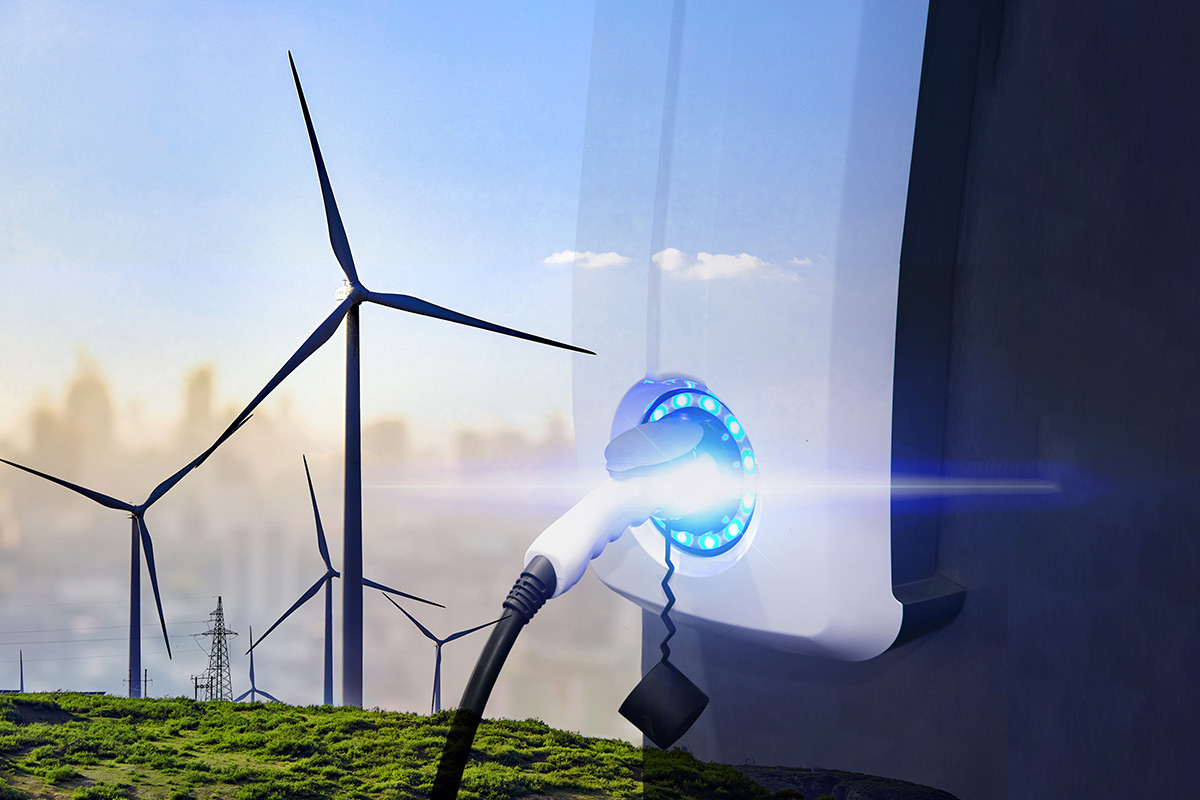On 8 June ETIPWind organised the online event “Getting fit for 55 and set for 2050: Electrifying Europe with wind energy”. The event saw the launch of the joint ETIPWind and WindEurope report with the same name.
The EU has committed to climate neutrality by 2050 and a 55% greenhouse gas reduction target for 2030. To deliver this, three quarters of the energy system will need to be electrified directly or indirectly. The ETIPWind – WindEurope report shows why electrification is the most cost-effective way to decarbonise Europe’s economy. And how it can be done.
“Adrian Timbus, ETIPWind Chairman, said: “Wind energy can help electrify 75% of Europe’s energy demand and thereby deliver climate neutrality by 2050. But we must prioritise the development of the necessary technologies: next generation onshore and offshore turbines, electrification solutions for transport and for industry, and electrolysers for renewable hydrogen.”
Thanks to continued cost reduction and sustained innovation, wind energy will be at the core of the energy system. Wind is already the most cost-effective power generation technology and is highly scalable. It will be the number one source of electricity soon after 2025. And it will provide half of all the electricity the Europe Union will consume in 2050.
Research, innovation and technology are vital to delivering these cost reductions. In the medium term the cost reduction of both onshore and offshore wind will come from increased turbine sizes and rising capacity factors. The EU must continue to invest in wind energy to unlock the five megatrends in wind energy technology and keep the technology leadership in Europe.
The wide availability of low-cost wind energy ensures the renewables-based electrification of energy demand is economically viable. The costs of the energy system would be no higher as share of GDP in 2050 as they were in 2015. In addition, more wind energy in the system will avoid significant external costs related to, among others, air quality and land-use.
But delivering the energy transition will require ruthless prioritisation on the technologies, infrastructure and business models that will deliver climate neutrality. Europe needs to double its annual investments in electricity grids and unlock innovative market solutions such as hybrid offshore power plants.
It must also stimulate direct electrification of the power and heat needs of Europe’s industry. With commercial technologies available today industry could directly electrify 76% of its heat and power demand. And emerging technologies could deliver 99% electrification of industry. Accelerating the roll out electric vehicles and heat pumps will set the transport and building sector on the path towards net zero.
During the event EU and national policymakers and industry agreed that research and innovation must be at the core of Europe’s decarbonisation agenda. Governments have set their priorities out in their national energy and climate plans. The first versions were rather vague on research, but countries will submit updated plans shortly. And the first signs are promising.
Greece will actively mobilise public and private investments in renewable energy including for research and innovation projects. And Portugal will accelerate the build-out of floating offshore wind. There is a pipeline of projects with a cumulative capacity of more than 6 GW
The European Commission itself also identified four specific priorities for wind energy research funding through Horizon Europe, the EU’s next research programme. Wind technology improvements, floating offshore wind in southern sea basins, improving circularity and overall sustainability, and pathways to enhance social acceptance. The first calls for proposals are now available.
See the Horizon Europe calls here.
Access the full proceedings:
Did you miss the event? You can now watch the recordings here:
Session 1: Getting Fit for 55 and set for 2050: Electrifying Europe with wind energy
Session 2: Wind technology success stories. The importance of R&I funding

